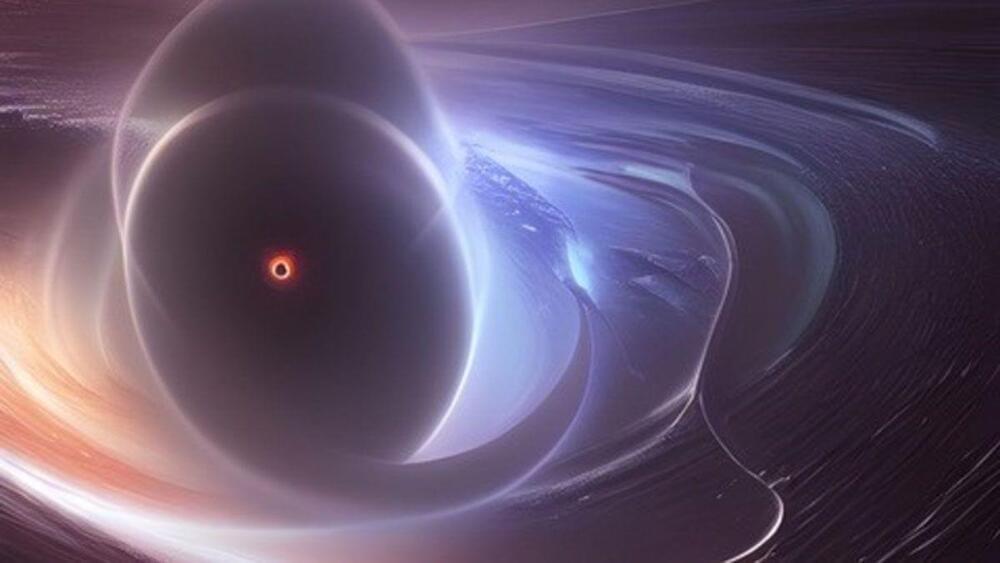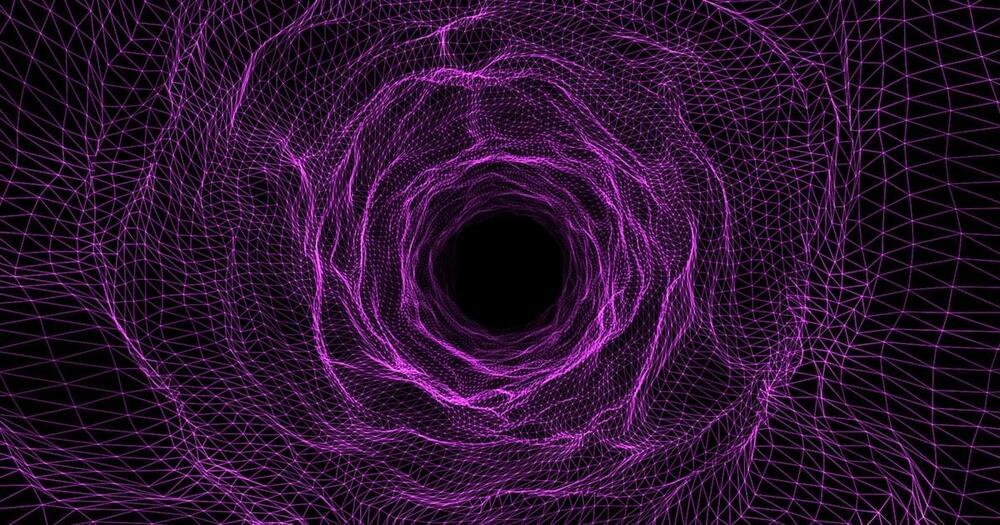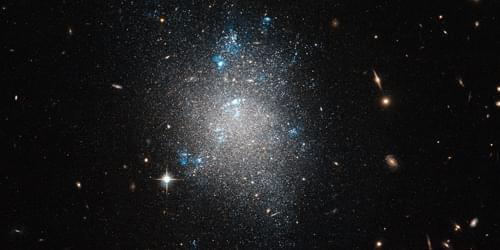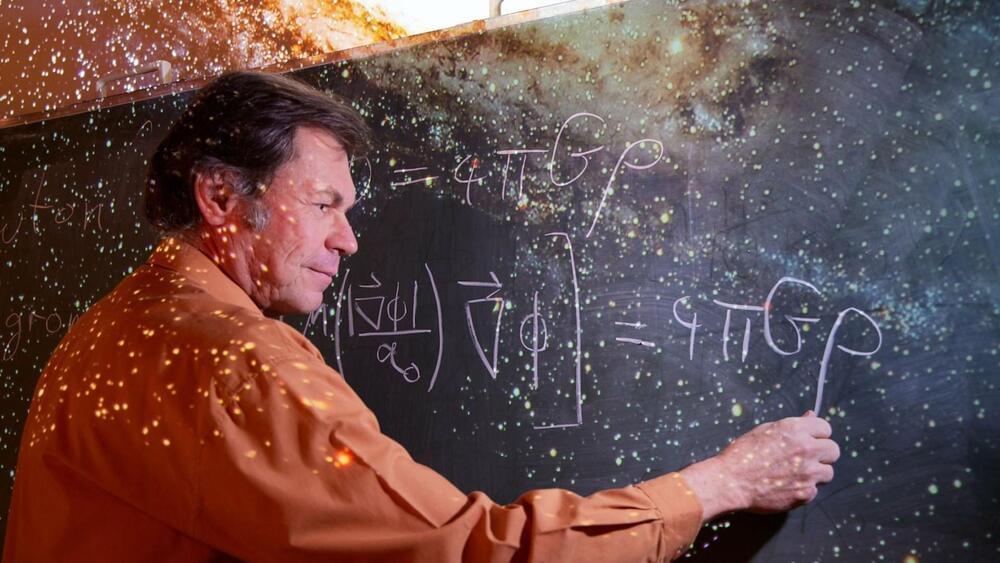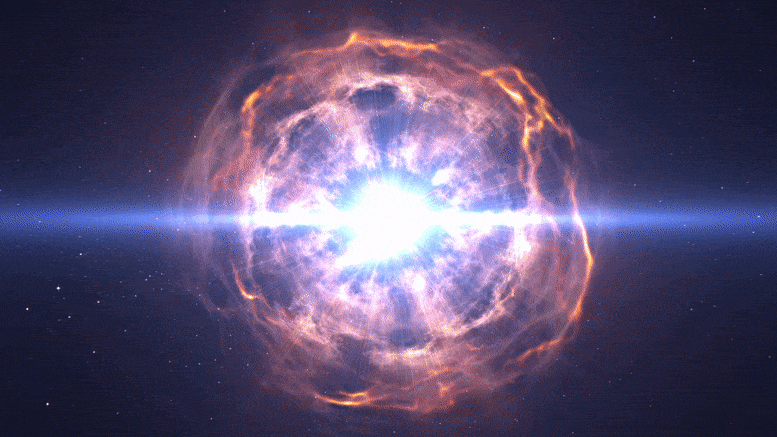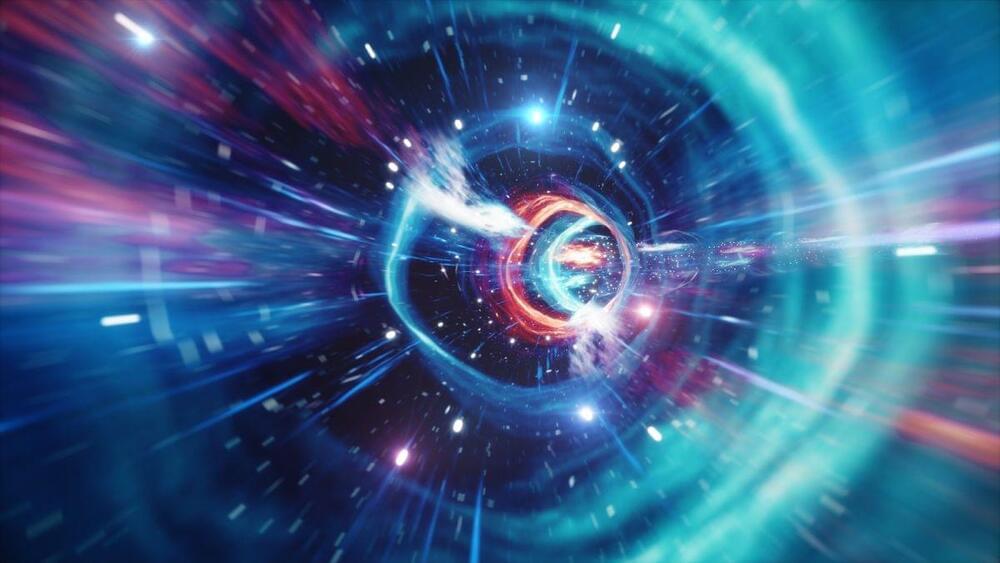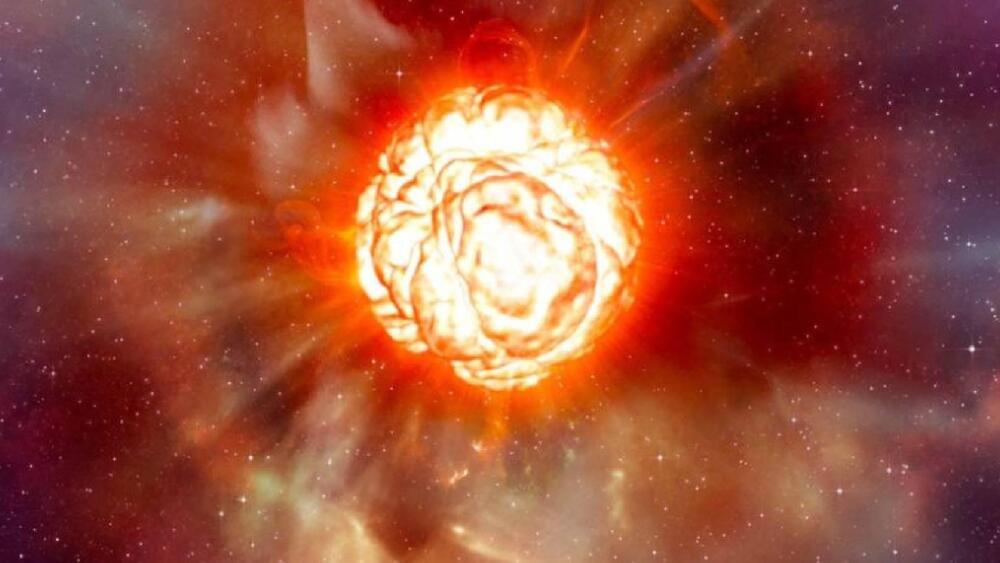Black holes have properties characteristic of quantum particles, a new study reveals, suggesting that the puzzling cosmic objects can be at the same time small and big, heavy and light, or dead and alive, just like the legendary Schrödinger’s cat.
The new study, based on computer modeling, aimed to find the elusive connection between the mind-boggling time-warping physics of supermassive objects such as black holes and the principles guiding the behavior of the tiniest subatomic particles.
